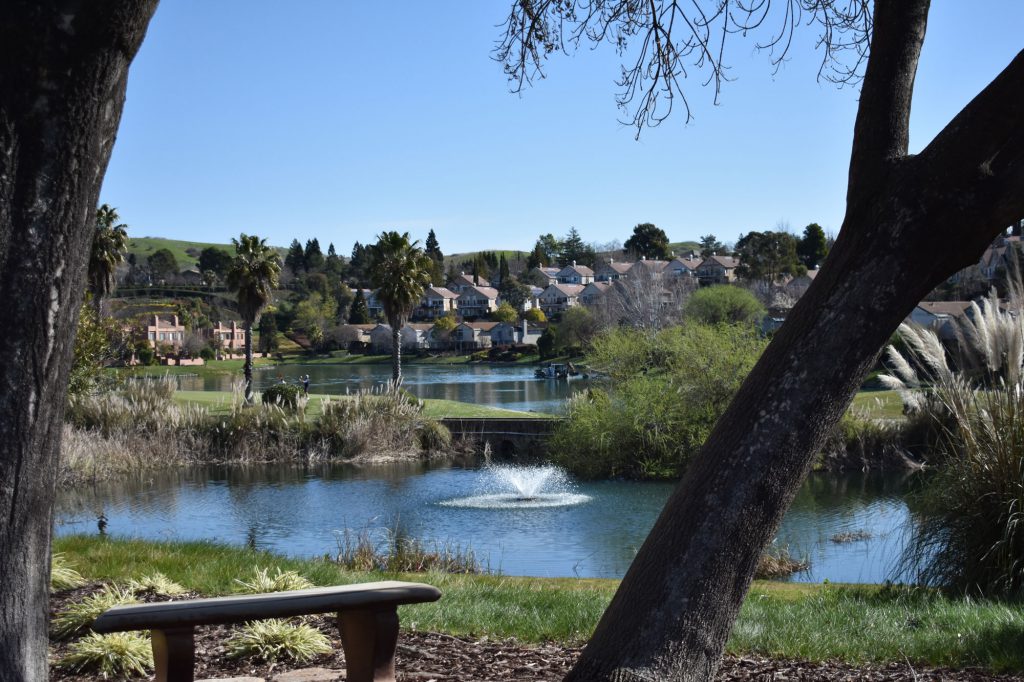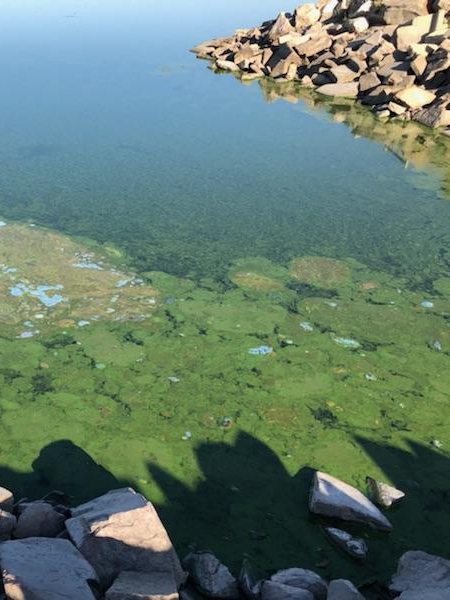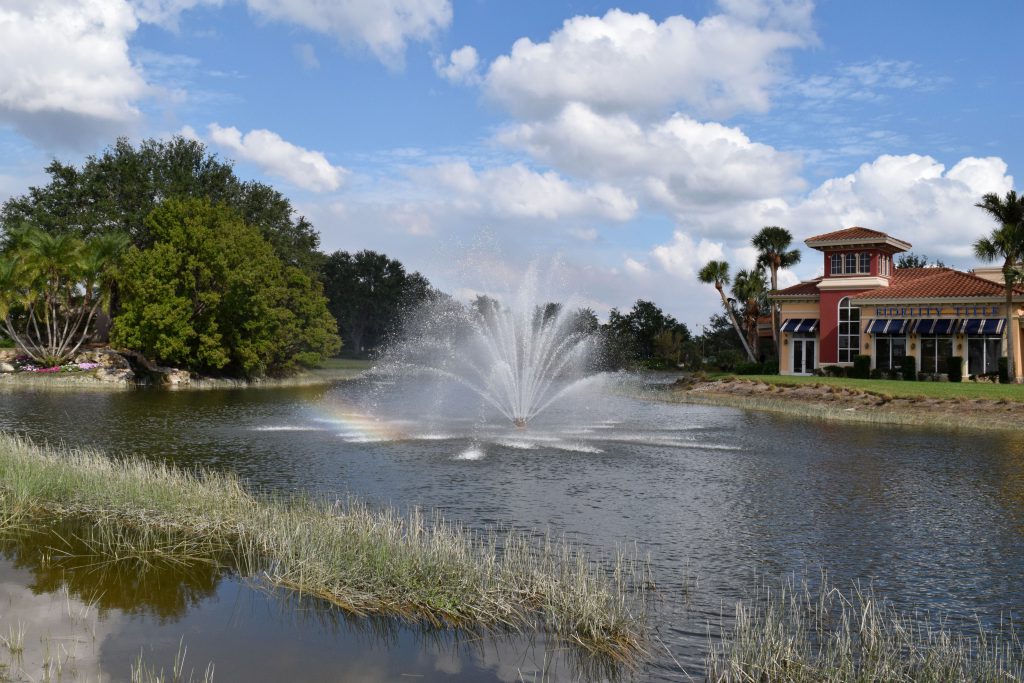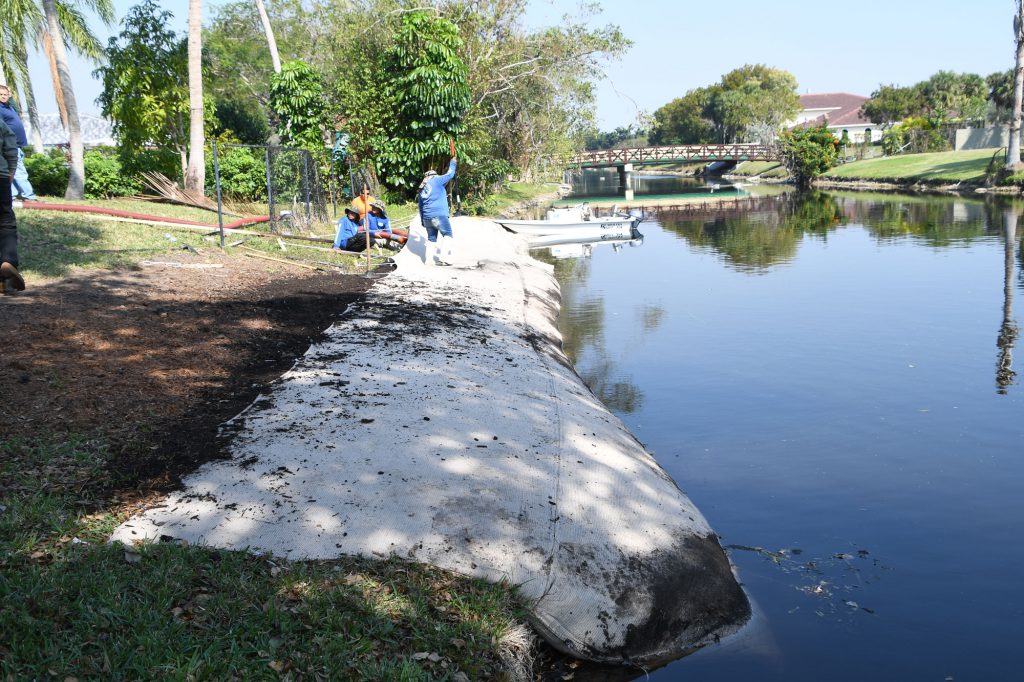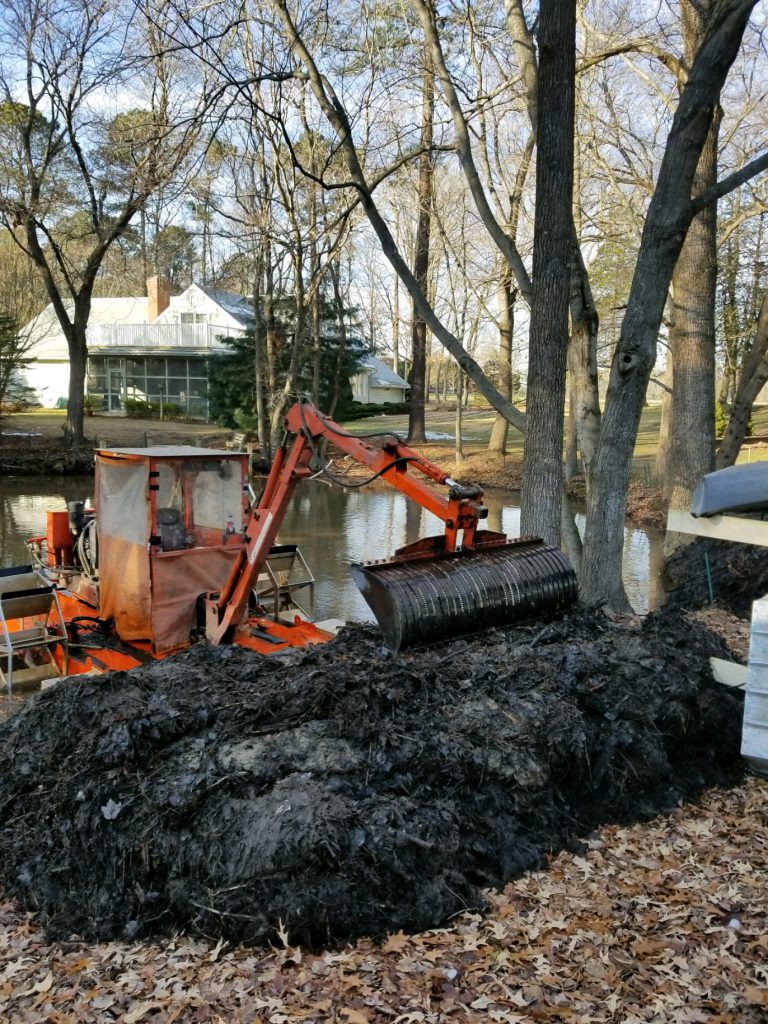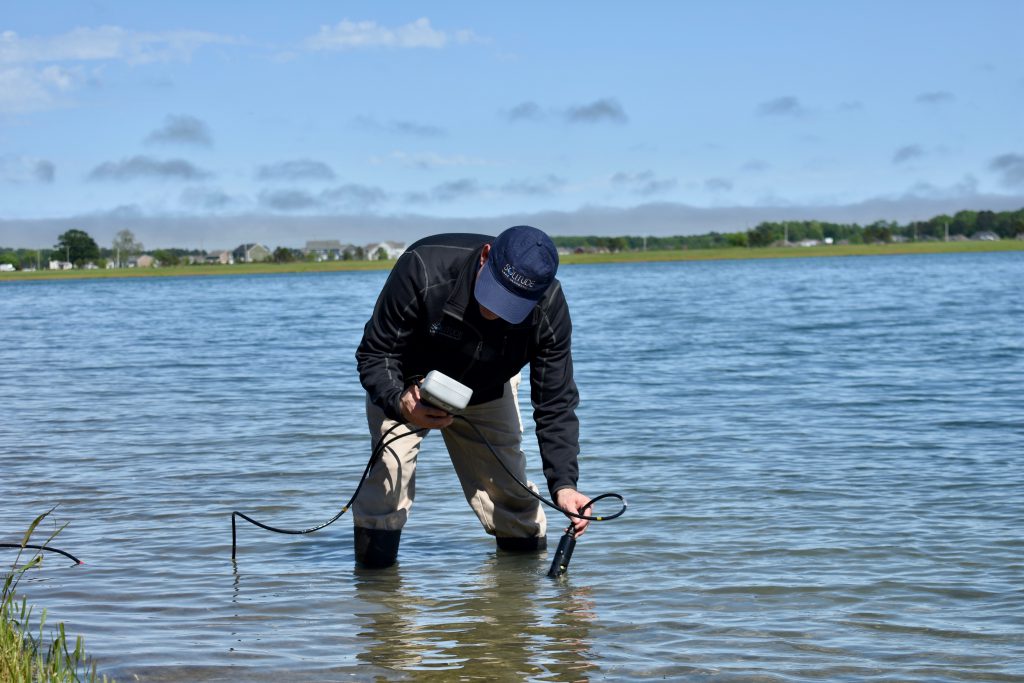
Lake Restoration: A Complete Guide to Maintaining Lake & Pond Health
At SOLitude Lake Management, we believe healthy, balanced waterbodies allow our clients to create meaningful experiences on and around their waterbody. We are dedicated to making water a more healthy and beautiful part of our world by utilizing sustainable management solutions and innovative technologies that improve water quality, enhance beauty, and preserve natural resources.
For many cities, lakes, ponds, and waterways are a major attraction and part of what makes living there so special. From the rivers to the beautiful lakes and ponds throughout communities and golf courses, water is central to everyday life. However, you may not have given much thought to what goes into maintaining all of these beautiful waterways.
Maintaining a lake is more complicated than you may realize. It requires ongoing water quality monitoring and management to help ensure the lake continues to thrive and that people can continue to enjoy it. Without regular management of your lake or pond, the waterway can become unusable.
- Before & After Invasive Aquatic Weed Control

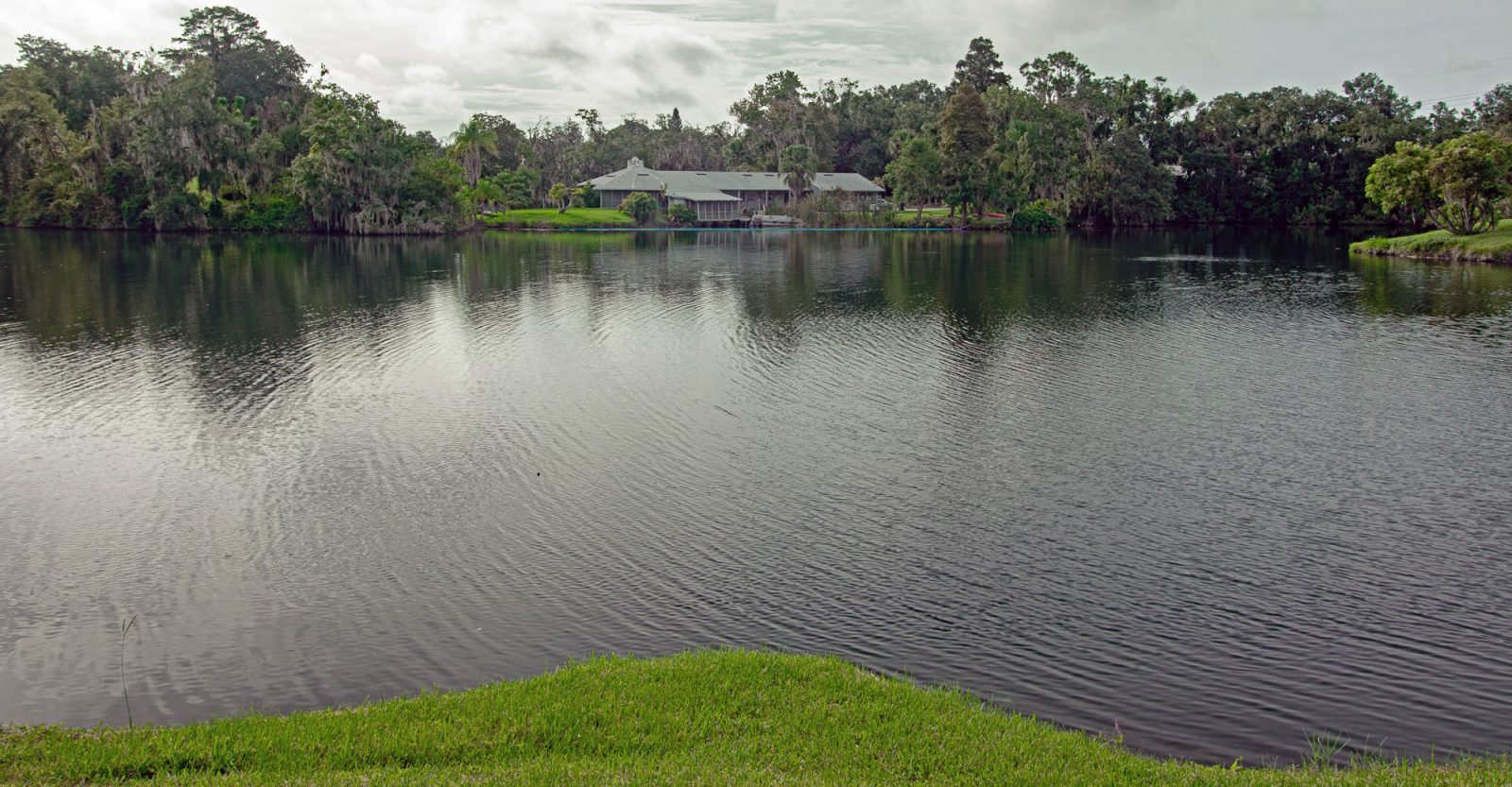
The Importance of Healthy, Balanced Waterbodies
Freshwater ecosystems serve many purposes. They support irrigation, stormwater collection, drinking water, water sports, and recreational fishing. Regardless of their function, management is necessary to support the biodiversity and environmental health of the waterway.
Water can also have a significant impact on property values. In housing developments, no one wants to smell or look at an unsightly, overgrown lake or pond. That’s why it is critical for HOAs and apartment complexes to adequately manage their waterways.
Lake restoration is an important process in which a wide range of management techniques are used to restore a lake to its original state or to a state that better supports the health and well-being of the aquatic system, including plants and animals. It’s important to understand why problems, which often manifest as algae, occur before preventative solutions can be implemented.
Understanding Algae and Cyanobacteria
The word “algae” often gets used informally as a catch-all term that can include a wide array of organisms that are not always closely related. Sometimes, when people refer to “algae,” they may actually be talking about cyanobacteria, also known as “blue-green algae” or “toxic algae.” It actually is not algae at all.
Cyanobacteria appear in several different forms. It can appear as hair-like filaments, slimy coatings on plants, or a green, soupy-looking substance suspended in the water column. Cyanobacteria can release toxins that can harm your waterway. The toxins are the cyanobacteria’s way of defending themselves against other competing organisms, but they can also harm fish, wildlife, pets, and humans.
Excessive runoff and pollution is a common source of this problem. This runoff can lead to nutrient loading that will eventually upset the balance of a waterway’s aquatic system. Grass clippings, pet waste, eroded sediment, and landscaping fertilizers all contribute to nutrient loading. Managing the conditions that contribute to nutrient loading is crucial to keeping the harmful cyanobacteria and nuisance algae in check.
Water Quality Management Solutions for Lakes & Ponds
Below are solutions to help mitigate excess nutrients and prevent water quality problems from developing.
Aeration
In both ponds and lakes, aeration systems are used to increase the oxygenation and circulation of the waterway. A pond aeration system can be in the form of a floating fountain or consist of submersed diffusers strategically located at the bottom throughout the waterbody. Aeration helps improve the overall health of the aquatic system by converting nutrients to forms that do not sustain organic growth. Likewise, if muck development is severe, new tools like Oxygen Saturation Technology (OST) can be used to target dissolved oxygen to the bottom sediments where it will remain and aid in the natural digestion.
Shoreline Management
Unhealthy shorelines are a large contributing factor to nutrient loading. In addition to releasing sediment, unstable and eroded shorelines can allow stormwater runoff to flow directly into the water, polluting the ecosystem. SOX Solutions is a knitted mesh material that can be used to physically reshape and anchor the shoreline for many years of stability. Planting native, deep-rooted vegetation around the
Nutrient Remediation
Lakes and ponds suffering from chronic nutrient loading may be excellent candidates for proven nutrient-locking technologies like Phoslock and Alum. These products can help inactivate excess nutrients, making them unavailable for fueling nuisance plants and algae. Phoslock, specifically, is a lanthanum-modified clay that rapidly binds and permanently removes free reactive phosphorus from the water column shortly after application. It is also effective in locking up the phosphorus in the bottom sediments. This helps return the pond to its naturally beautiful state.
Biological Treatments
Dead algae, along with other build-ups of sludge and bottom sediment, can occur in your waterway. This is a natural process, but poor management can expedite this build-up. Biological treatments (which are like a probiotic for your waterbody) introduce naturally occurring cultures into the water. They digest undesirable organic muck and help clear excess nutrients from the ecosystem. This process can also help raise the dissolved oxygen levels in the pond and help beneficial aquatic plants, fish, and animals thrive.
Mechanical Hydro-raking
Nutrient-rich muck and detritus can be removed physically with a hydro-rake, which is essentially a floating backhoe capable of removing up to 500 pounds of material in one scoop. These materials are then taken from the shoreline for off-site disposal. This process not only helps remove excess nutrients, but also helps restore lake and pond depth and volume – reducing flooding, cloudiness, and bad odors.
Grass Carp
Sterile triploid grass carp serve as a “biological control” option for nuisance aquatic vegetation. Triploid Grass Carp can help reduce the amount of pesticides required for the management of nuisance and invasive vegetation.
Herbicides and Algaecides
In certain situations, herbicides and algaecides are the best management option to quickly eliminate nuisance algae and weeds. Lake and pond management professionals only use products that are registered with the Environmental Protection Agency (EPA) and formulated to specifically target the undesirable growth in your waterbody.
Lasting Water Quality Success
Ongoing monitoring and maintenance is the key to maintaining a waterbody that meets your needs. This is why an annual management approach is so beneficial for any aquatic ecosystem. Learn more about year-round management and the benefits of a SOL Pro Annual Management Program. With regular professional oversight and care, you can enjoy your waterbody for years to come.
Discover the Benefits of Water Quality Assessments
SOLitude Lake Management is a nationwide environmental firm committed to providing sustainable solutions that improve water quality, enhance beauty and preserve natural resources.
SOLitude’s team of aquatic scientists specializes in the development and execution of customized lake, stormwater pond, wetland and fisheries management programs. Services include water quality testing and restoration, algae and aquatic weed control, installation and maintenance of fountains and aeration systems, shoreline erosion control, muck and sediment removal and invasive species management. SOLitude partners with homeowners associations, golf courses, private landowners, businesses and municipalities. SOLitude Lake Management is part of Rentokil, a leading business services company, operating across the United States, Canada and Puerto Rico.
For more information, visit SOLitude Lake Management at solitudelakemanagement.com, and connect on Facebook, LinkedIn and Twitter.








